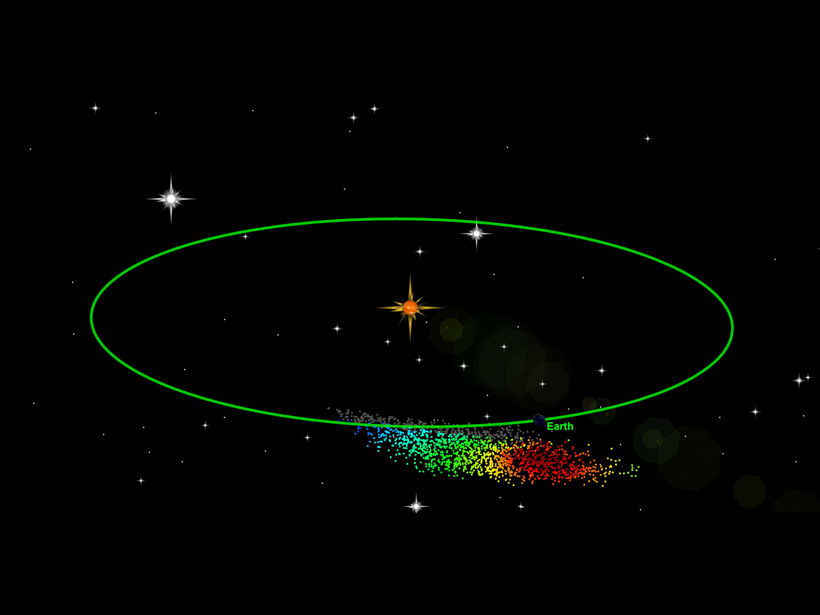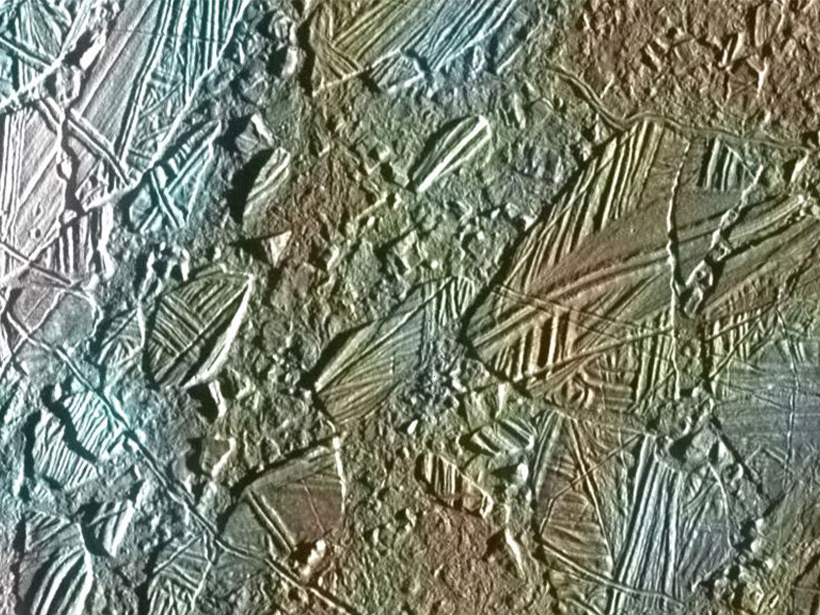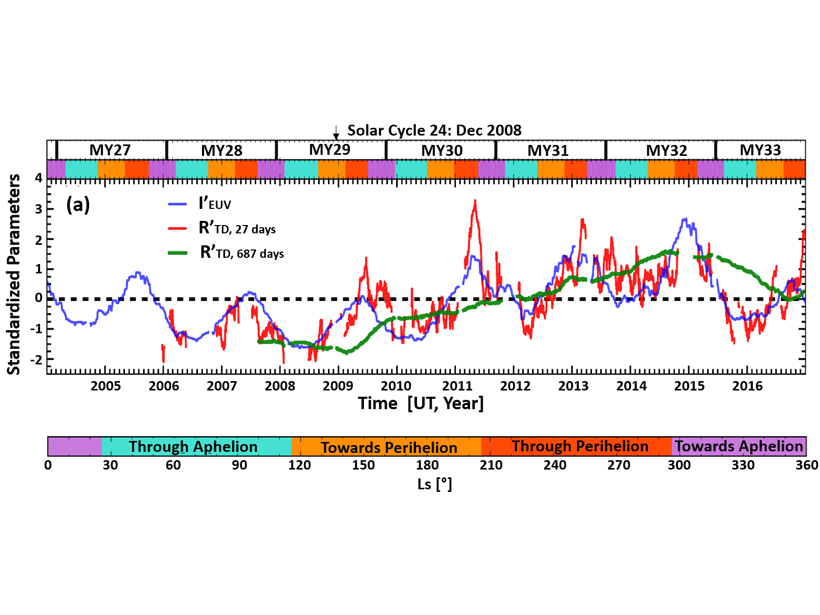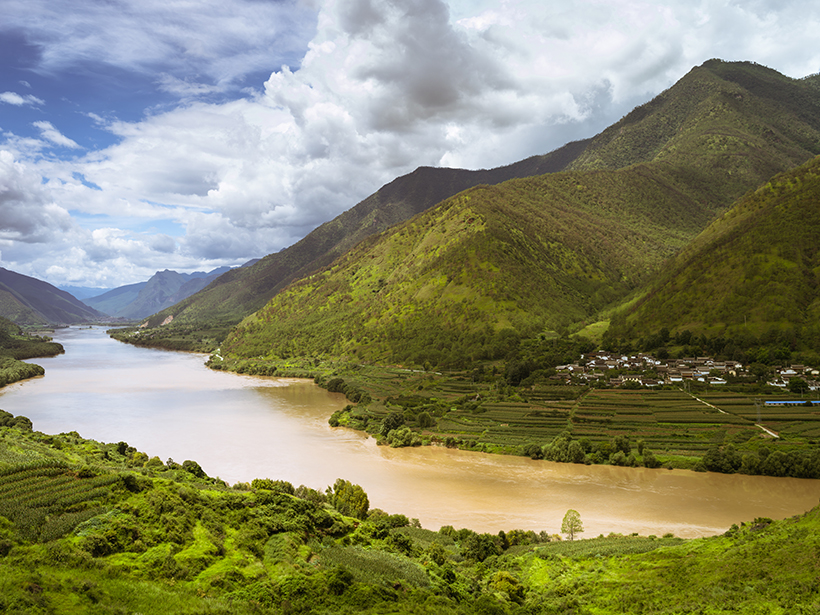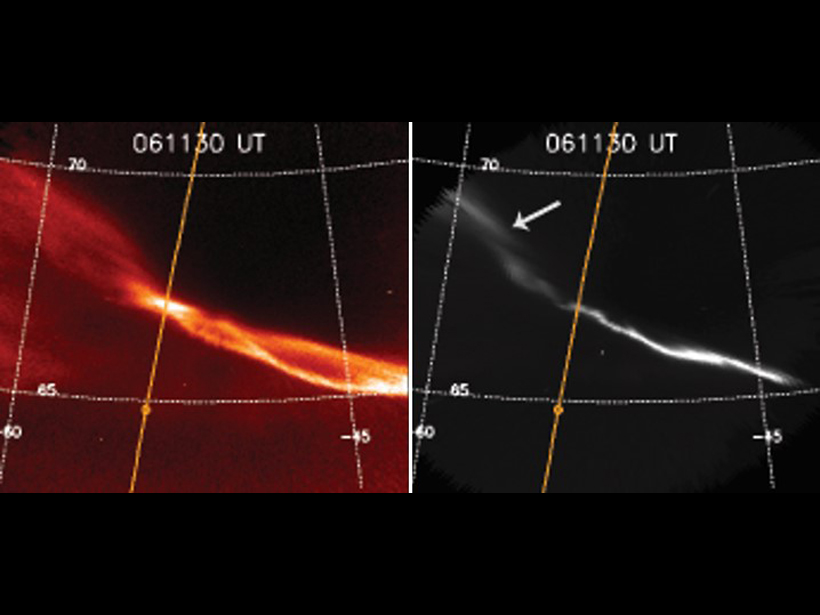Data obtained from a wave-following platform are used to calibrate coefficients and multiple parameterizations of air-sea fluxes in swell conditions.
CC BY-NC-ND 2019
New Proof That Accretion Disks Align with Their Black Holes
In the most detailed and highest-resolution black hole simulation to date, an international team of researchers showed the Bardeen-Petterson effect for the first time.
Effects of Variability in Atlantic Ocean Circulation
There is strong evidence that the Atlantic meridional overturning circulation plays an essential role in Atlantic multidecadal variability and associated climate impacts.
Fireballs Could Provide Clues to an Outstanding Meteor Mystery
Fireballs in the summer sky may signify a chance to probe their mysterious origin.
Mmm, Salt—Europa’s Hidden Ocean May Contain the Table Variety
Hubble Space Telescope observations suggest that sodium chloride exists in young, geologically active regions on Europa, likely fed by upwelling from the moon’s subsurface ocean.
Solar Properties Rival for Control of Mars’s Bow Shock
While most planetary bow shocks are controlled by the solar wind, at Mars the solar EUV flux is equally important.
Forgotten Legacies: Understanding Human Influences on Rivers
Logging, urbanization, and dam building are a few ways people have significantly altered natural river ecosystems. Understanding that influence is a grand challenge of our time.
A North Carolina Lake’s Long Legacy of Coal Ash Spills
A new case study suggests that Sutton Lake has been contaminated by multiple coal ash spills, most of them apparently unmonitored and unreported.
An Evolutionary Leap in How We Teach Geosciences
New research into the ways that students learn and apply their knowledge is changing teaching methods and undergraduate geoscience course content.
Red and Green Aurora Stop and Go for Different Reasons
Green-line arc is found to be embedded within large-scale upward field aligned currents while red-line-only arc is found to be associated with low-energy precipitation bursts.




